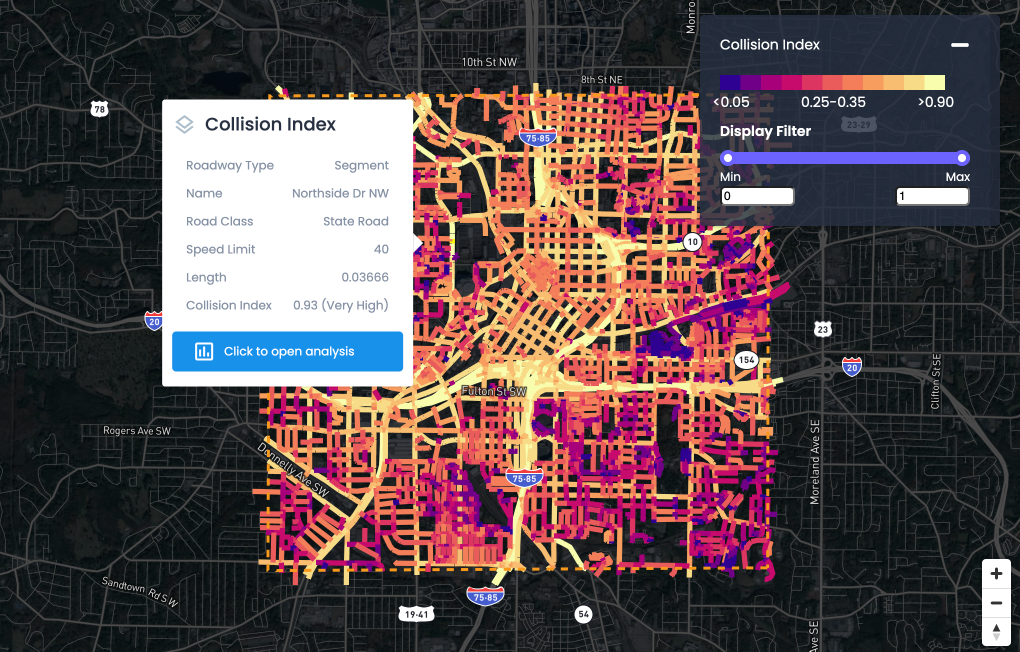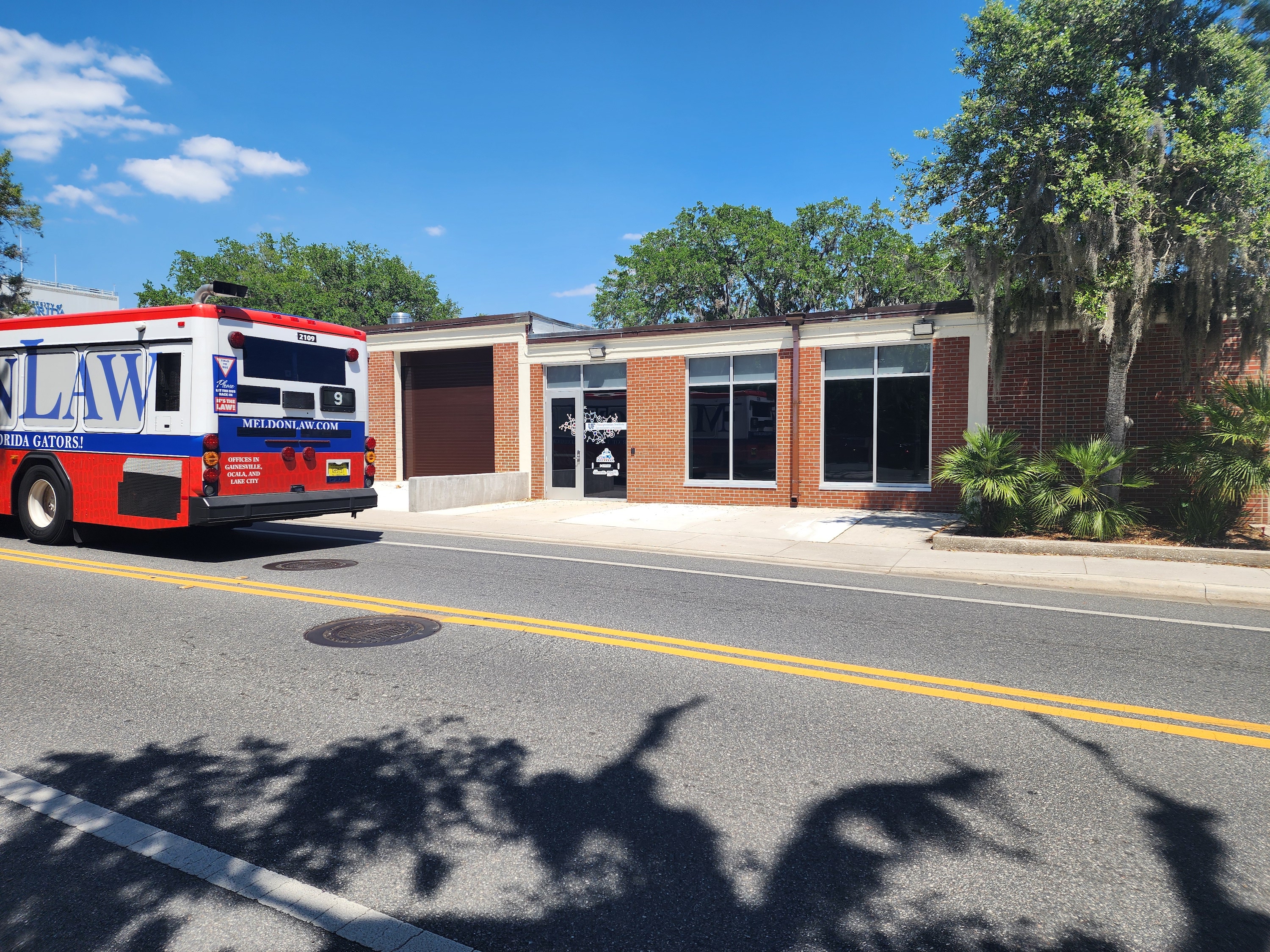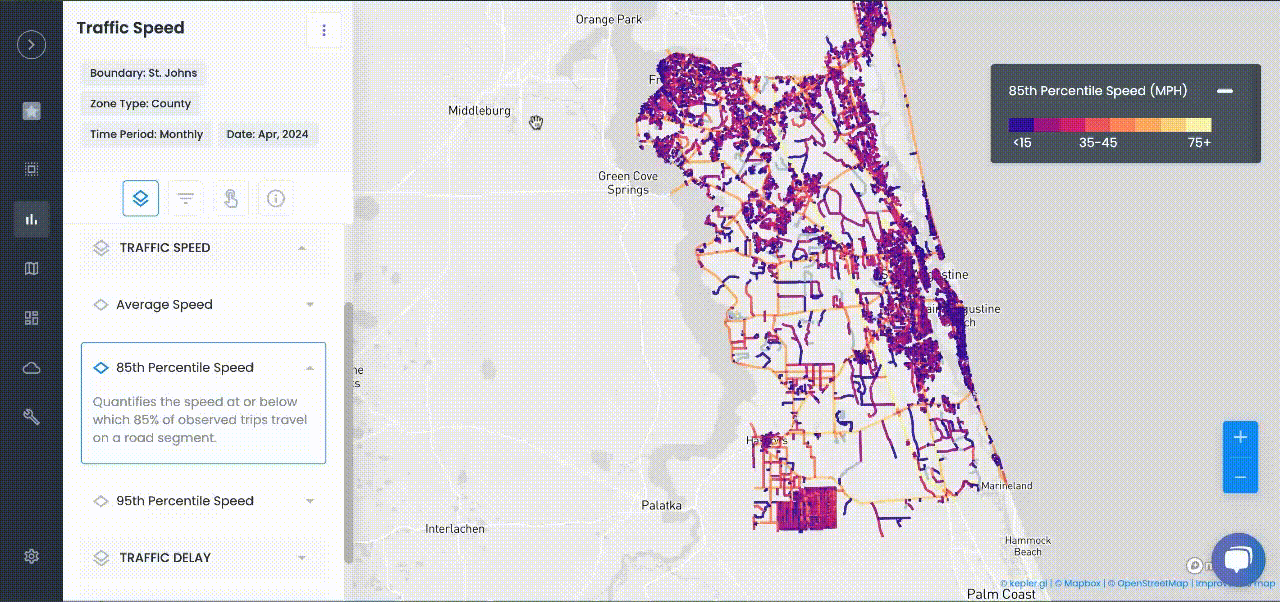
Customer Stories
DOT Innovation Principles Pull from Private Sector Handbook
The SMART program is pulling some priciples that are very familiar to the private sector. They provide a roadmap for true, transformative change in the public sector.
The SMART program is pulling some priciples that are very familiar to the private sector. They provide a roadmap for true, transformative change in the public sector.
For efforts like the Strengthening Mobility And Revolutionizing Transportation program, the US Department of Transportation adheres to a set of “innovation principles” to guide awarding grants.
The innovation principles are to serve the Biden Administration’s policy goals to: “Help America win the 21st Century”; support workers; allow for experimentation; provide opportunities to collaborate; and to be flexible with changing technology.
All are important, but the last three are deeper in their consequences and implications and merit further exploration.
Innovative experimentation
The fourth innovation principle might be the most radical.
The full statement is “Allow for experimentation and learn from failure”.
This seemingly goes against the normal motions of a business sector that rarely deviates from the “norm”. Which isn't to say that's not understandable.
Federal funding for interstate highways, for example, has been tied to states keeping the drinking age at 21 since the 1980s.
Government projects are also tied to taxpayer money — there's a greater level of accountability with public offices than at small startups who can rip through a burn rate and reboot with the next round of capital.
That the federal government is at least dipping a toe into "move fast and break stuff" territory, is certainly exciting, if not eye-raising.
Collaborative innovating
Collaboration is often lacking in the public sector — usually between agencies, though sometimes from within.
For example, bus service to MBTA commuter rail in the Boston suburbs is often not coordinated with commuter rail service at all, even if the MBTA provides the bus service.
The innovation principle is about public-private partnerships, but it goes to show how difficult fruitful collaboration actually is.
These partnerships can (and will) help throttle American infrastructure into the future with autonomous vehicle projects, grid enhancements for electric vehicles, and even safety measures to improve traffic incident management.
It will be interesting to see if DOT commits to examining previous public-private partnerships, both the successful and unsuccessful ones, to guide future efforts.
Flexibility with changing technology
Adaptability is also very important for the future.
The rigidity that prevents agencies from innovating also keeps them from adapting to changing technologies and circumstances.
Another area of interest will be if the Department can learn when to recognize technology is the appropriate intervention.
For example, many transit services would only be improved so much by replacing Diesel vehicles with electric, when what is really needed is a dedicated lane or right-of-way. One of the biggest challenges for Amtrak has been the fact that they don’t own the rails they run on. As such, they give priority to freight trains operated by the railroad owners.
If USDOT can really put these principles into practice and promote collaboration — all while reducing the steps companies and lower level agencies must take to accomplish their goals — it would be nothing less than revolutionary in its impact on transportation.
<hr></hr>
Learn more about how Urban SDK can help your organization make informed decisions using critical data. Contact our team here.

NEWS
Recent Announcements
See how public sector leaders succeed with Urban SDK.

Company News
Collision Index: Proactive Traffic Safety Powered by AI
Communities now have another layer of road safety thanks to Urban SDK’s Collision Index

Customer Stories
University of Florida Transportation Institute Partners with Urban SDK to Expand I-STREET Program
Urban SDK and the University of Florida have partnered to expand the university's I-STREET Program

Company News
Urban SDK Unveils Delay Data, Route-Building Capabilities
Urban SDK has released a new suite of products that further enhance its traffic management software.
WEBINAR
Identify speeding and proactively enforce issues
See just how quick and easy it is to identify speeding, address complaints, and deploy officers.
